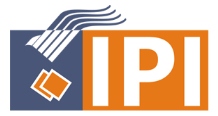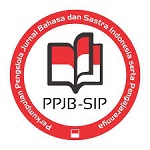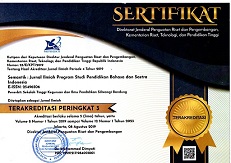KECERDASAN MENULIS CERPEN MELALUI TEKNIK PSIKOTRANSMITTER
DOI:
https://doi.org/10.22460/semantik.v9i2.p125-136Keywords:
Writing Intelligence, Short Stories, PsychotransmittersAbstract
This research is motivated by the weak ability of students in writing activities. One of the internal factors is the laziness that mounts to start writing, the rigidity of words, and confusion in writing. The purpose of this research is to apply a psychotransmitter communication technique in learning writing to foster writing intelligence. The psychotransmitter technique is a communication technique built through subconscious communication. Psychotransmitters are another name for subjective terms of communication (one-way communication) or telepathy where we can convey a message to someone we want to address so that what we want to convey enters the human subconscious mind. According to research, the subconscious mind affects 80% of the human mind. One of the benefits of this technique is that it can change a person's ego, self-esteem, emotions so that he will be cheated by his ego. Thus we can influence his thoughts with established communication. The method used in this research is a qualitative descriptive method, the writer will explain clearly the steps to develop the intelligence to write short stories. The steps are clearly described based on the theory of NLP, hypnosis, and communication techniques. The results of this study are expected that students can change bad habits into good habits, namely writing skills or writing intelligence. The results of this study will produce writing stages using psychotransmitters.References
Al-Ayouby, H. (2017). Dampak penggunaan gadget pada anak usia dini. Skripsi. Universitas Lampung.
Achmad, S. W. (2016). Menulis kreatif itu gampang. Yogyakarta: Araska.
Badaruddin, A., Erlamsyah, E., & Said, A. (2016). Hubungan kesehatan mental dengan motivasi belajar siswa. Konselor, 5(1), 50-65.
Bernard, H. W. (1970). Mental Health in The Classroom. New York: McGraw-Hill Book Company.
Halimah, L. (2017). Keterampilan mengajar: sebagai inspirasi untuk menjadi guru yang excellent di abad ke-21. Bandung : PT. Refika Aditama
Harris, C. (2003). NLP Made Easy, London ; Element
Moleong, L. (2011). Metode penelitian kualitatif. Bandung: Rosda
Nurgiyantoro, B. (2011). Teori pengkajian fiksi. Yogyakarta: Gadjah Mada University Press
Pranoto.(2004). Mengajar menulis fiksi untuk para guru. Jakarta: Wisma Nugra Sabtana
Prakuso, B. (2012). Psikotransmiter: komunikasi bawah sadar. Jakarta: Elex Media
Rahmawati, F. E. & Nuryono, W. (2014). Penerapan terapi NLP (neuro linguistic programming) untuk menurunkan kecemasan berbicara di depan umum pada siswa kelas XI SMA negeri 2 pare. Jurnal Mahasiswa Bimbingan Konseling UNESA, 4(3). 675-681
Rostikawati, Y., Ahmadi, Y., & Zenab, A. S. Menulis karya ilmiah dengan pendekatan neuro-linguistics programming (NLP) pada mahasiswa. Diglosia. 2 (2). 21-31.
Sugiyono.(2011). metode penelitian kuantitatif, kualitatif dan R & D. Bandung: Alfabeta.
Subiyono, Hariono A., Wiryawan A., Surati, N. (2015). Afirmasi Visualisasi dan Kekuatan Pikiran. Yogyakarta: K-Media
Wikanengsih, W. (2012). Menerapkan neurolinguistic programming (NLP) dalam pembelajaran. Semantik. 1(1). 31-45.
Zainurrahman. (2013). Menulis dari teori hingga praktik. Bandung: Alfabeta











